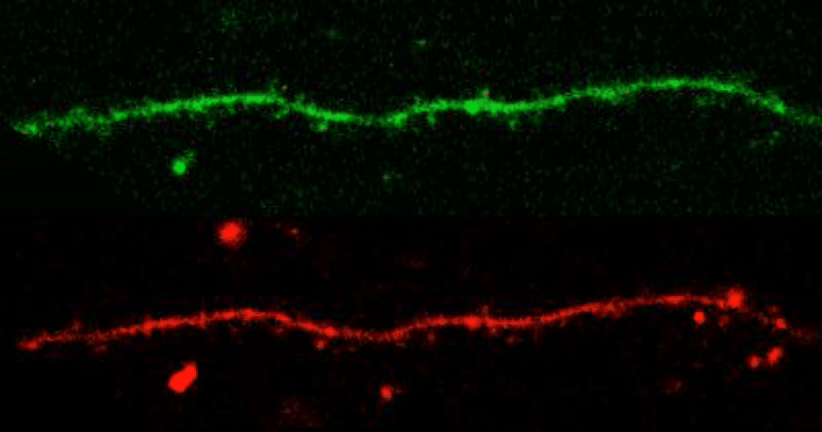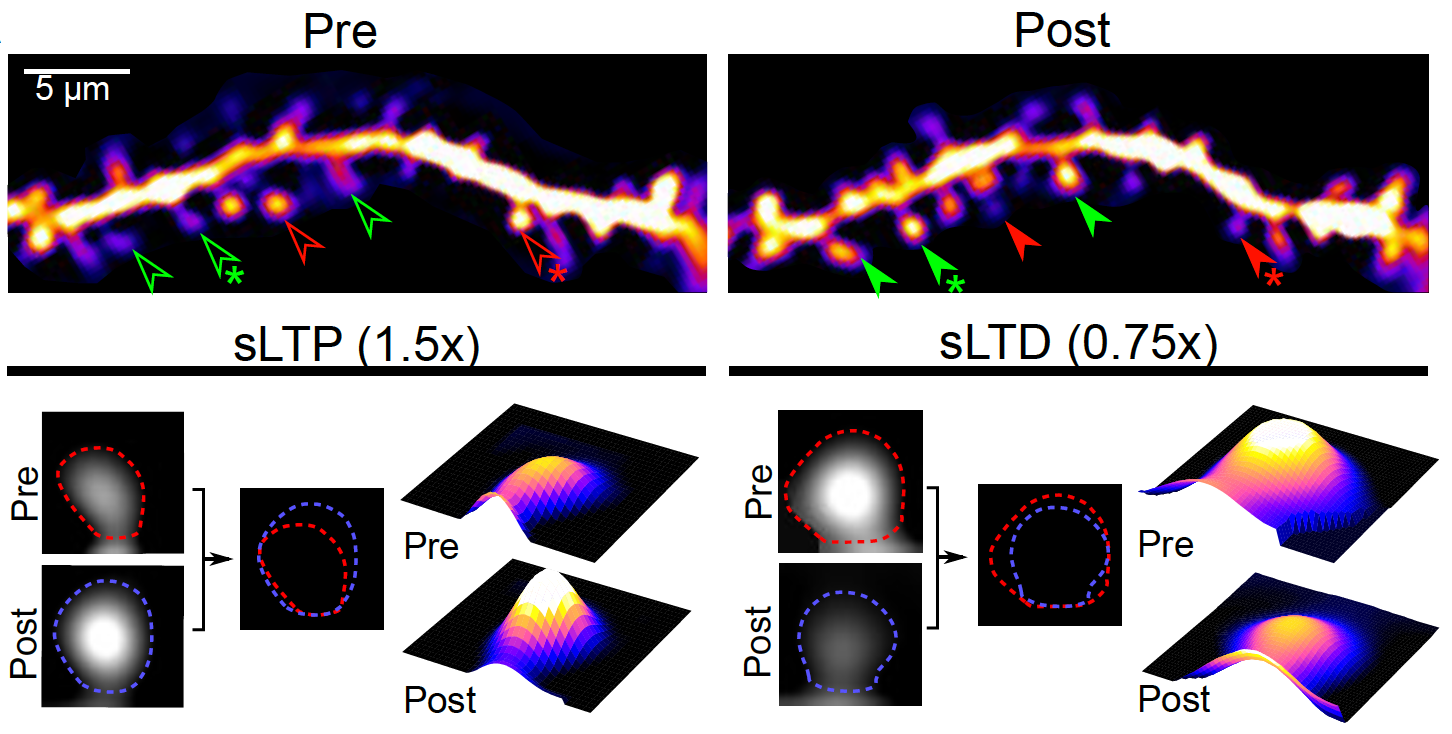Biography
I am currently a postdoctoral fellow mentored by Dr. Takaki Komiyama at the University of California, San Diego, where I investigate how natural activity patterns shape various forms of synaptic plasticity and how this plasticity in turn reorganizes neural circuits to mediate learning. Prior to joining the Komiyama lab at UCSD, I recieved my PhD in Neuroscience from the University of Pittsburgh, where I worked with Dr. Yan Dong to study the synaptic mechanisms that underlie the natural dynamcis of drug-associated memories.
My long-term goal is to understand how the brain adaptively encodes information to shape behavior in both health and disease. I am particularly interested in understanding how lower-level modifications, such as changes in synaptic function, drive higher-level adaptations in circuit function to obtain a comprehensive mechanistic understanding of how the brain adaptively controls behavior. Broadly, I intend to focus my research on understanding how specific dendritic and synaptic properties influence neural function and plasticity to underlie neural computations and how these different properties may contribute to the development of neuropsychiatric conditions.
My Research
Current: I am currently a postdoctoral fellow in the lab of Dr. Takaki Komiyama at the University of California, San Diego. My current research seeks to address the credit assignment problem of synaptic plasticity. Or in other words, how are specific synapses selected to undergo different forms of plasticity to drive learning? To do so, I utilize advanced imaging methods to simultaneously monitor the activity of individual synapses and neural output during active learning, allowing me to identify the activity patterns that promote subsequent synaptic plasticity.


Imaging synaptic activity and neural output in vivo Monitoring synaptic plasticity in vivo
Previous: I was a graduate student in the lab of Dr. Yan Dong at the University of Pittsburgh. My thesis focused on identifying the synaptic mechanisms that underlie the natural dynamics of drug associated memories. In general, memories are not static, but are dynamic, and every time we recall something that memory becomes transiently destabilized before becoming stable again through a processed called reconsolidation. While destabilized, memories become malleable and can be modified, providing an avenue for the treatment of maladaptive memories, such as those underlying addiction. My thesis work demonstrated that the silencing and re-maturation of cocaine-generated synapses underlies the natural destabilization and reconsolidation of cocaine-associated memories following memory reactivation, and lend further support to the theory that memories are encoded by specific synaptic ensembles.
